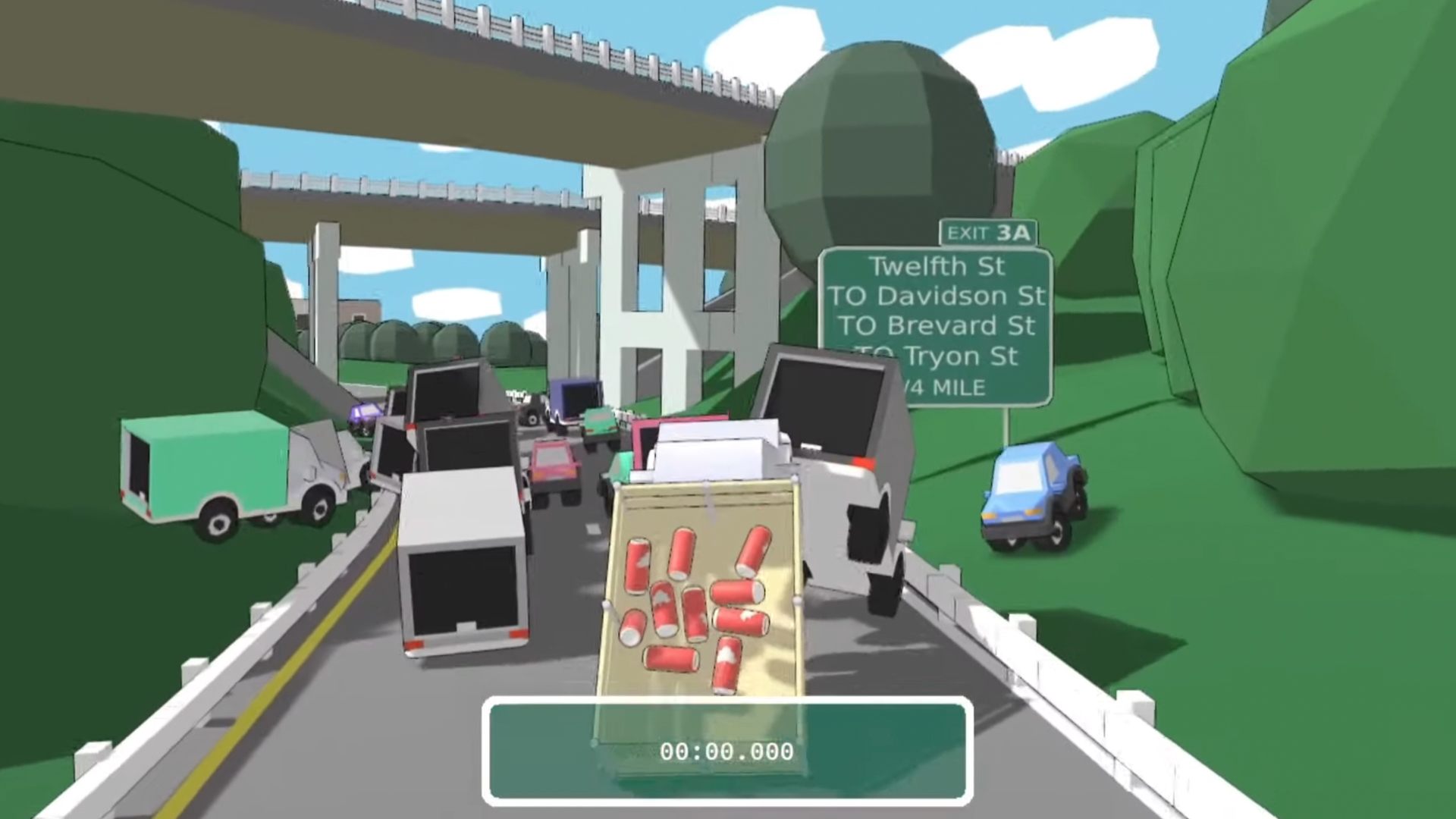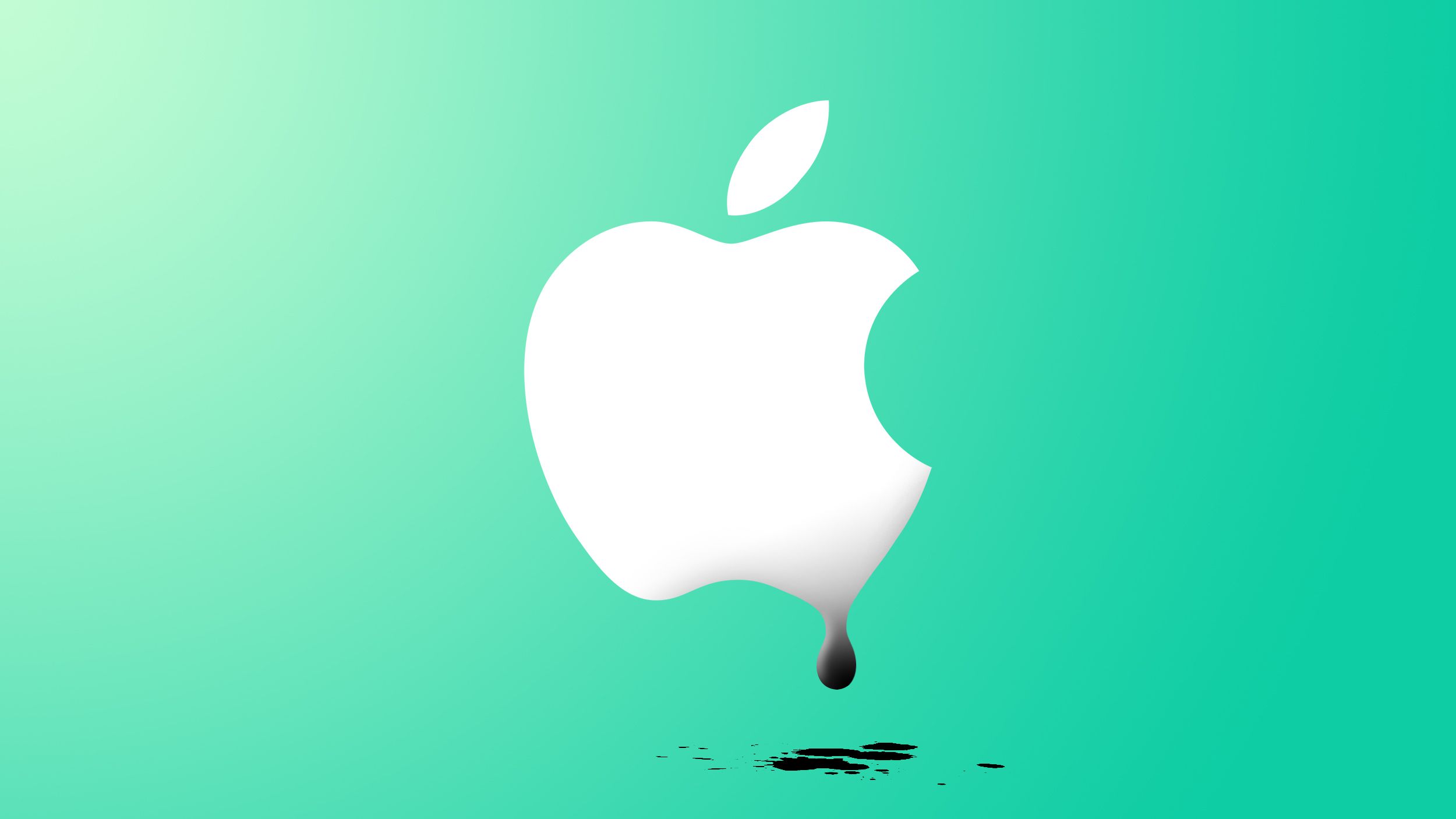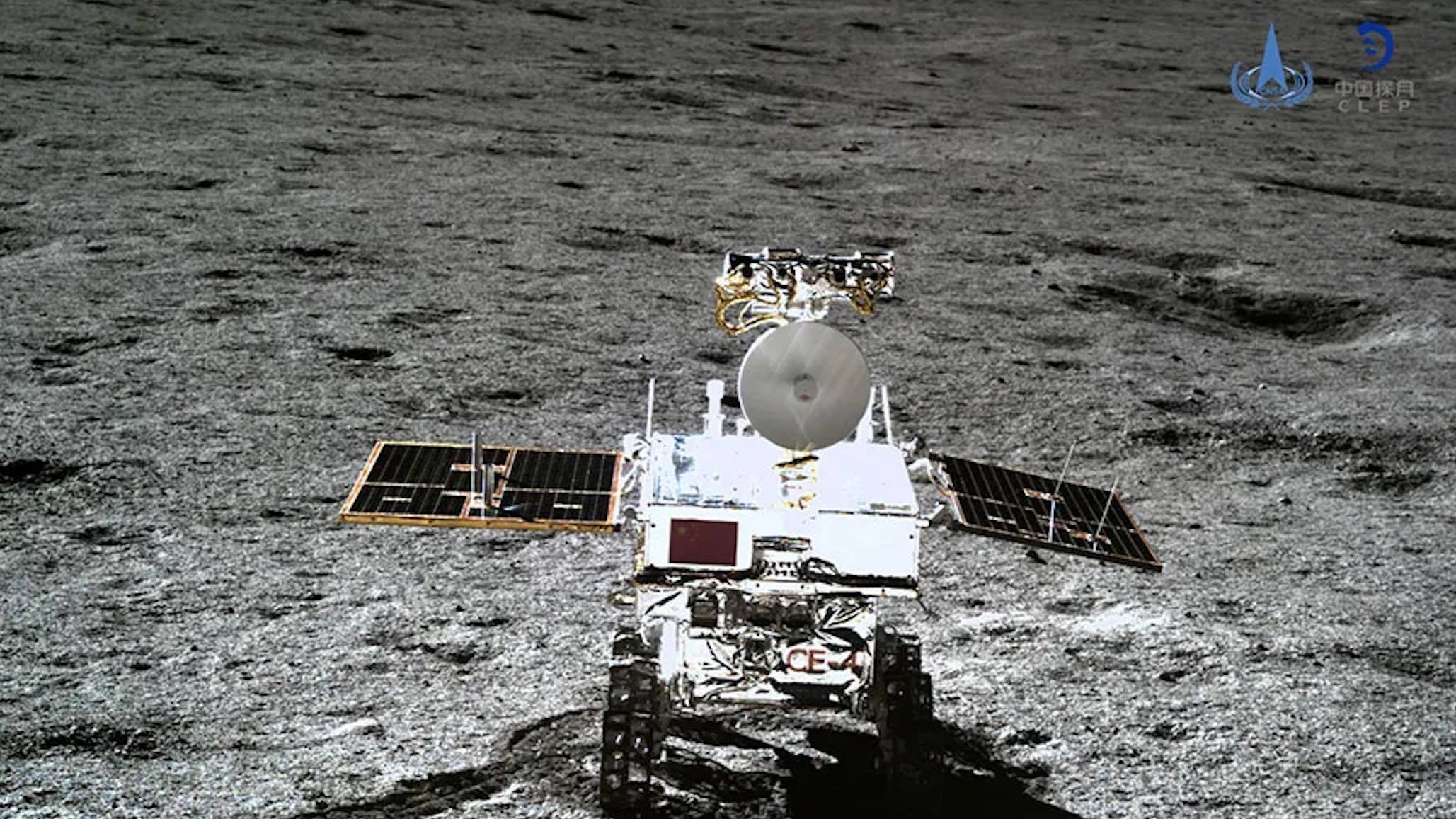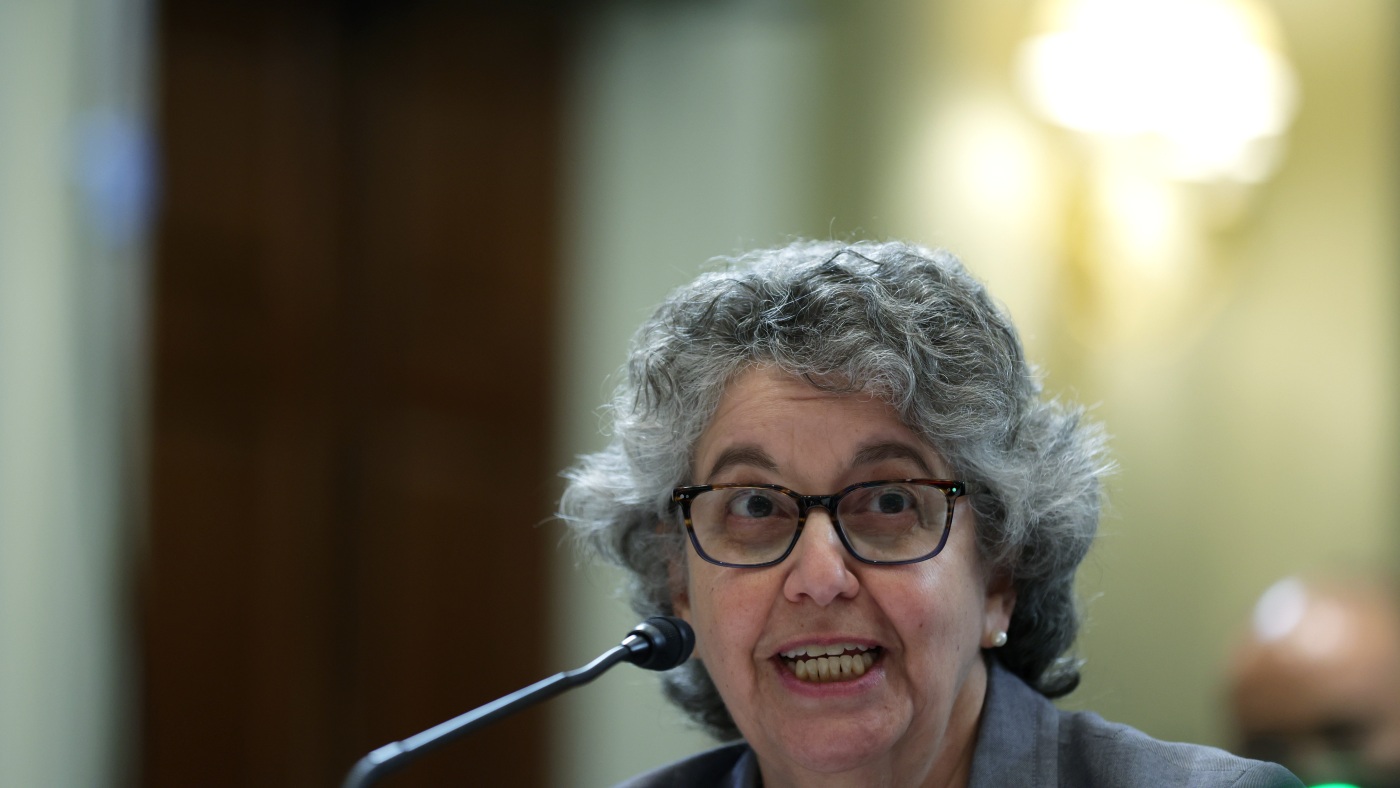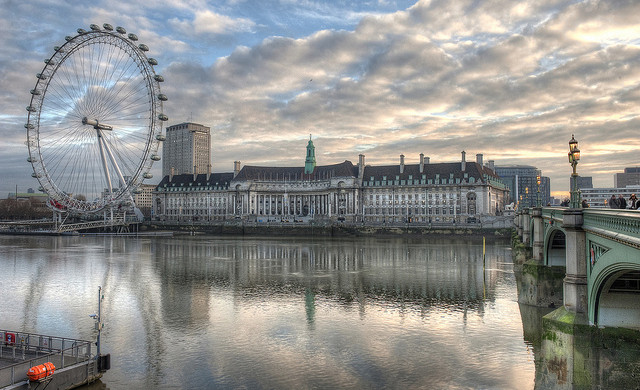How Climate Change Is Affecting the NFL
New data finds rising temperatures affecting games in 30 football cities.


If you were among the 68,500 fans in the stands to watch the National Football League’s (NFL) San Francisco 49ers host the Arizona Cardinals on Oct. 6, 2024, you could be forgiven for forgetting that football is a fall and winter sport. Temperatures at game time that day peaked at 98°F—hot enough that the 49ers swapped out their uniforms, switching from red jerseys and gold pants to red jerseys and white pants, to reflect more heat away. “Hopefully [that] helps a little,” 49ers coach Kyle Shanahan told ESPN before the game. [time-brightcove not-tgx=”true”]
The two teams got through the day without serious injury, but athletic exertion in extreme heat can be dangerous—even deadly. Players are at risk of heat exhaustion, characterized by symptoms including faintness, dizziness, fatigue, weak or rapid pulse, and low blood pressure; and heat stroke, with symptoms including high core body temperature, change in mental or emotional state, racing heart rate, rapid breathing, nausea, and headache. In extreme cases, excessive heat can lead to organ damage, heart failure, and death.
The league’s Kansas City Chiefs and Philadelphia Eagles won’t face anything like that punishment during this Sunday’s Super Bowl, which will take place in New Orleans, where the forecast high for game day is 75°F. And, in any case, the game will be played in an indoor stadium. Either way, there is no escaping the fact that the world is steadily—and dangerously—heating up. This year was the first to see the planet register average temperatures 1.5°C (2.7°F) higher than pre-industrial levels, the benchmark established by the 2015 Paris Climate Accord, which seeks to limit future warming to well below 2°C in the 21st century, with a preferred target no higher than 1.5°C. The NFL might seem like an afterthought in an existential crisis like climate change, but the league is, all the same, feeling the pain.
In a new survey conducted by the research and communications group Climate Central, analysts used open source data from the National Oceanic and Atmospheric Administration to track the temperature trends in all 30 NFL cities during football’s September to December regular season, from 1970 to 2024. The result: over that time, temperatures have risen in every one of those cities by an average of 2.8°F. Las Vegas and Minneapolis warmed the most (5.1°F and 5°F respectively), and Los Angeles warmed the least at 0.4°F. Every city but L.A. experienced at least 1°F of warming. Those cities are, of course, getting especially hot in the summer, often subjecting players to dangerous conditions not only during training camp, which begins in July, but into the first month of the season too.
“In some of these places it’s a minor concern,’” says Jen Brady, senior data analyst for Climate Central. “But in some of these southern cities we could have serious health issues playing in September. We’ve seen a pretty steady climb [in temperatures] everywhere.”
No surprise, it’s those sun belt cities that are experiencing things especially acutely. Phoenix, home to the Cardinals, saw an increase of 4.4°F. The Houston Texans and the Dallas Cowboys are feeling 3.5°F and 3.3°F of warming respectively. The Tampa Bay Buccaneers are getting a 3.2°F bump. New Orleans and their Saints register at 3.8°F.
Read more: How Sports Stadiums Are Going Green
But some northern-tier cities, like Minneapolis, score high as well. Cleveland, home to the Browns, clocks in at 3.3°F. The Buffalo Bills are experiencing a 3.2°F increase, the Philadelphia Eagles 3.1°F, and the Green Bay Packers, in Wisconsin, are seeing 4.4°F of warming. Detroit’s Lions play in an indoor stadium, but outdoors, things have gotten 3.8°F hotter.
“Upper Midwest cities are warming aggressively,” says Brady. “They are all seeing a lot of temperature increases in the winter.” Paradoxically, that can lead to more snow storms during games, like the blizzard that buried the Buffalo Bills’ stadium when they played the San Francisco 49ers on Dec. 1, 2024. That, explains Brady, is because the Great Lakes aren’t freezing, leading to an increase in lake effect storms. Those are caused when the atmosphere picks up moisture from open water and then dumps it back on land in the form of snow.
Some cities, for the moment, have been less affected by the warming trend. Sunny Jacksonville, where the Jaguars play, has seen only a 1.5°F increase, as has mid-Atlantic Baltimore, home to the Ravens. Washington, home to the Commanders, has nearly mirrored nearby Baltimore, with just a 1.6°F increase. Temperatures in New York, where the Jets and the Giants share a stadium, have risen just 2°F. In Kansas City, the Chiefs’ home, the increase is a comparatively modest 2.2°F.
Read more: Climate Change Increases Home Runs
Climate Central tracks not just average rising temperatures, but extremely hot days, which are defined as days on which the thermometer hits or exceeds 91°F. Here, the findings have been troubling. Among 242 locations analyzed around the U.S., 172, or 71%, now experience at least one more week of extremely hot days than they did in the early 1970s. The 30 NFL cities exceed that, registering, on average, 14 more extremely hot days than in 1970.
“Heat is the number one weather killer in the U.S. and that’s often overlooked,” says Brady. “It can do a lot of things to your body—to your heart and your lungs and your breathing.”
All of this is just one more red flag that Earth’s climate is heading into new and perilous territory. “It’s definitely at a point at which you say, ‘OK, we’re getting to dangerous levels here,’” says Brady. “We’ve seen it with the hurricanes that have been so large and disastrous and with wildfires and high temperatures. It’s not a tipping point yet, but it’s a warning.”
























